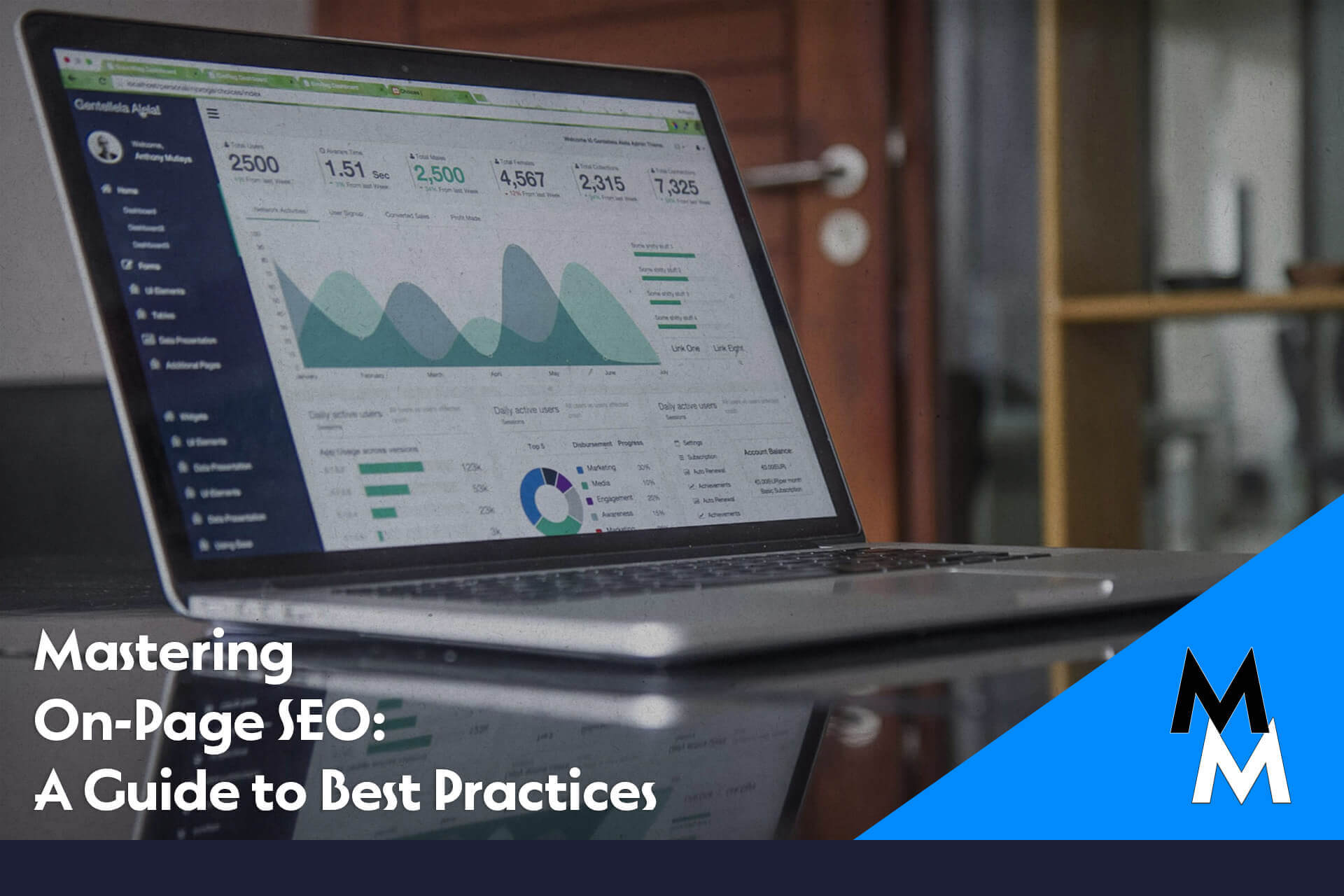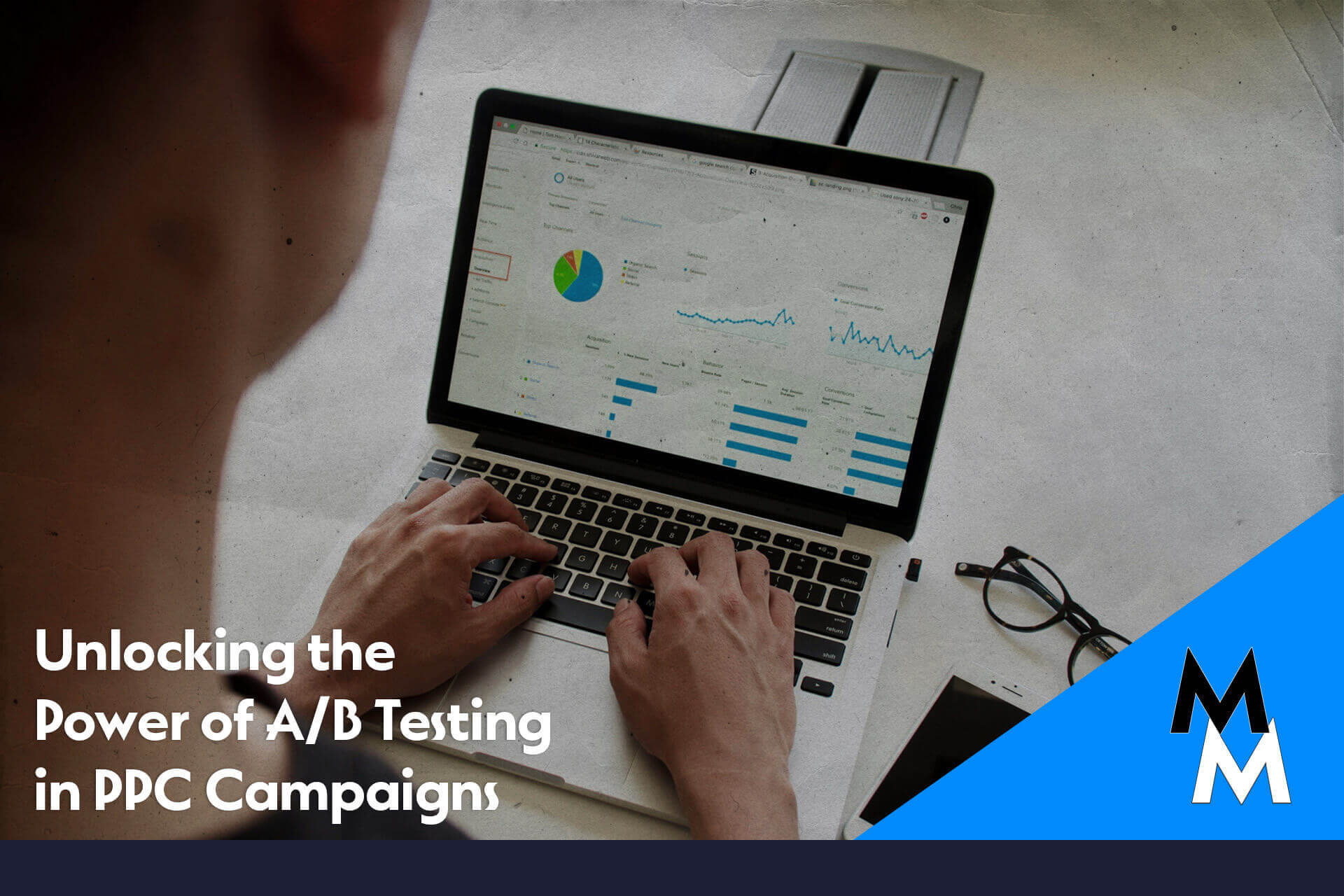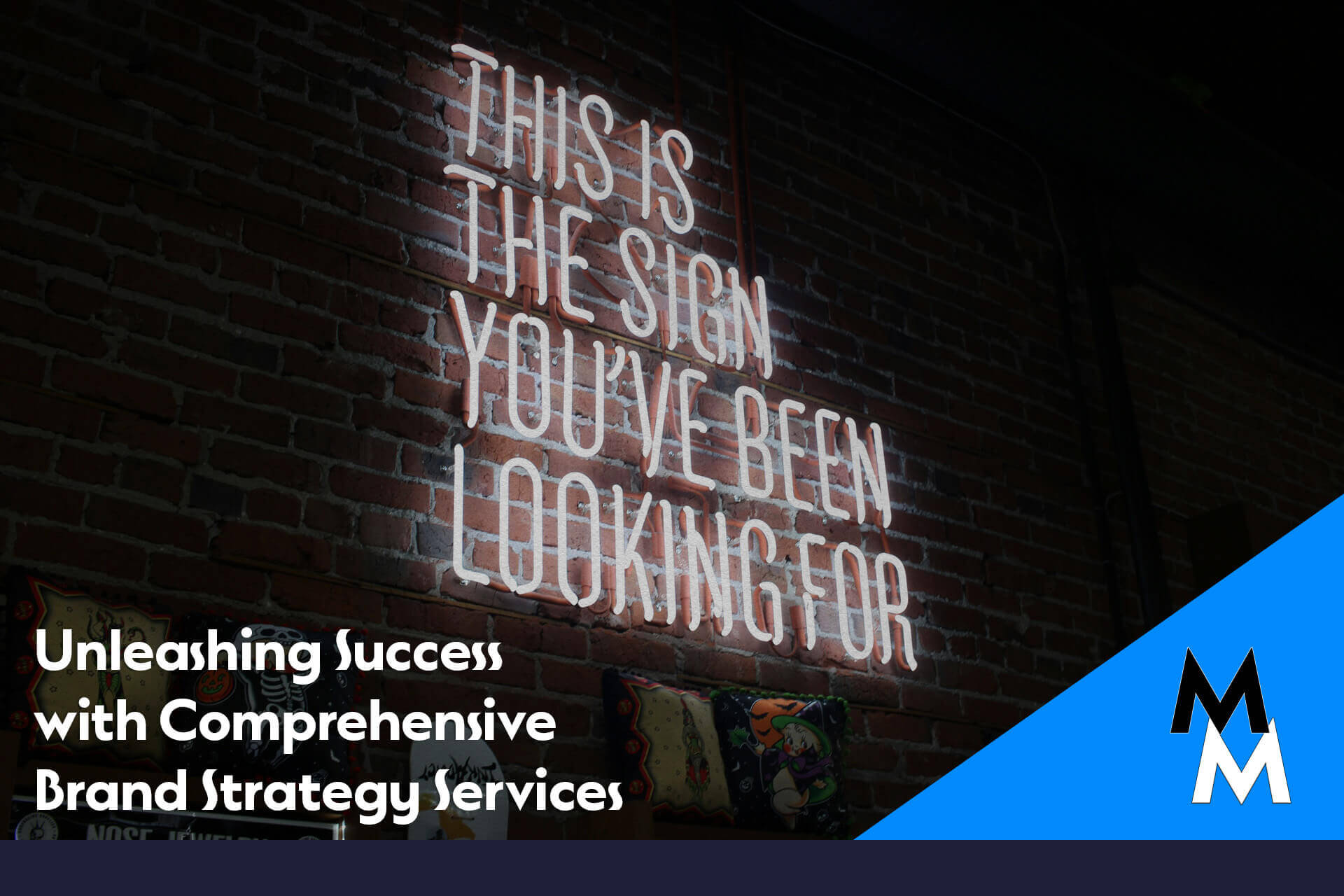In the ever-evolving world of digital marketing, mastering on-page SEO is crucial for boosting your website’s visibility and attracting more visitors. Let’s dive into some of the best practices that can help you optimize your website effectively.
Why On-Page SEO Matters
On-page SEO refers to the practice of optimizing individual web pages to rank higher in search engines and earn more relevant traffic. This involves a mix of content elements and HTML source code improvements. By implementing on-page SEO strategies, you can ensure that your website is not only attractive to visitors but also to search engines like Google.
Key Components of On-Page SEO
Content Quality
The cornerstone of on-page SEO is high-quality content. Your content should be unique, useful, and engaging. Here are some tips to ensure your content stands out:
Unique Content
Ensure your content is original. Duplicate content can harm your rankings, so always strive for originality.
Useful and Informative Content
Provide value to your readers by answering their questions and addressing their needs. Informative content keeps readers engaged and encourages them to spend more time on your site.
Engaging Content
Use a mix of text, images, videos, and infographics to make your content more engaging. This not only keeps readers interested but also encourages them to share your content.
Keyword Research and Optimization
Keywords are the backbone of on-page SEO. Proper keyword research helps you understand what your audience is searching for. Use tools like SEMRush and MOZ to identify relevant keywords.
Keyword Placement
Place your target keywords strategically throughout your content, including in the title, headers, and body text. However, avoid keyword stuffing, which can negatively impact your SEO.
Long-Tail Keywords
Target long-tail keywords, which are more specific phrases that visitors are more likely to use when they’re closer to making a purchase. These keywords often have lower search volumes but higher conversion rates.
Technical Aspects of On-Page SEO
Title Tags and Meta Descriptions
Title tags and meta descriptions are crucial for on-page SEO. They help search engines understand the content of your page and influence click-through rates.
Title Tags
Craft compelling and descriptive title tags that include your target keywords. Keep them under 60 characters to ensure they display correctly in search results.
Meta Descriptions
Write clear and concise meta descriptions that summarize your page content and include your target keywords. Aim for 150-160 characters.
Header Tags
Use header tags (H1, H2, H3, etc.) to structure your content. This not only makes it easier for readers to navigate but also helps search engines understand the hierarchy of your content.
H1 Tags
Your H1 tag should include your primary keyword and accurately reflect the content of the page.
H2 and H3 Tags
Use H2 and H3 tags for subheadings to break up your content into easily digestible sections. This improves readability and helps with keyword optimization.
Internal and External Linking
Linking is an essential part of on-page SEO. It helps search engines discover new pages and understand the context of your content.
Internal Links
Use internal links to connect related content within your website. This improves navigation and helps distribute page authority. For example, you might link to our Contact Page for inquiries or to our SEO Optimization Services for more information on improving your SEO strategy.
External Links
Link to authoritative external websites to provide additional value to your readers. This not only enhances your content’s credibility but also helps with SEO. Consider linking to resources like Google Search Console for more insights into search trends or SEMRush for keyword research tools.
Enhancing User Experience
Page Speed
Page speed is a critical factor in on-page SEO. A slow-loading page can frustrate users and lead to higher bounce rates. Use tools like Google PageSpeed Insights to analyze and improve your page speed.
Mobile Optimization
With the increasing use of mobile devices, it’s essential to ensure your website is mobile-friendly. Use responsive design techniques to make your website look great on all devices, including smartphones and tablets.
User Engagement
Engage your visitors by encouraging comments, social shares, and interaction with your content. This not only improves the user experience but also signals to search engines that your content is valuable and relevant.
Conclusion
Mastering on-page SEO is a continuous process that requires attention to detail and a commitment to providing the best possible experience for your visitors. By following these best practices, you can improve your website’s visibility, attract more traffic, and ultimately achieve your marketing goals.
For more insights into SEO and digital marketing, check out our other blog posts on topics like Keyword Research and Selection and Local SEO. And if you need personalized assistance, don’t hesitate to reach out through our Contact Page.
Happy optimizing!





